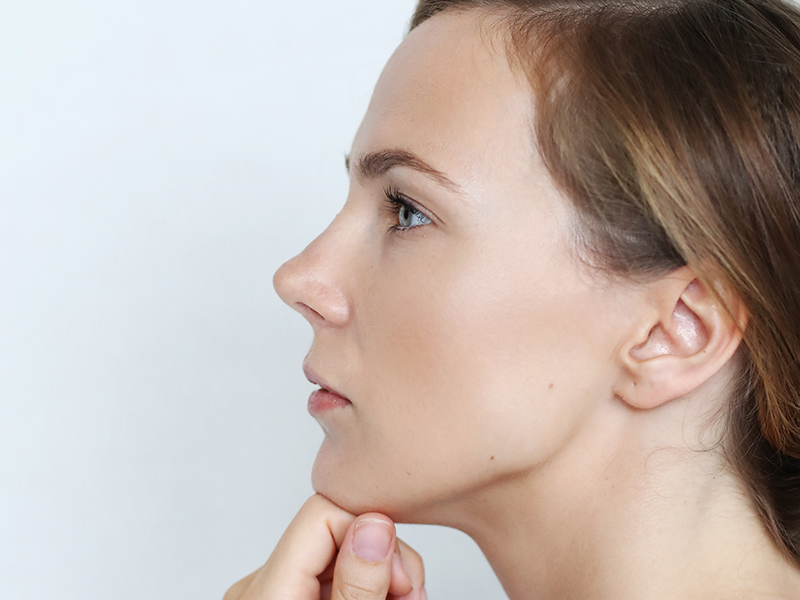
The Importance of Thick Nasal Skin in Rhinoplasty
When patients consult us with a request for rhinoplasty, the first structure we evaluate during the examination is the nature of the nasal skin. If the nasal skin is thick, oily, with prominent pores and visible blackheads, we make a special note of this. Why? Regardless of whether the rhinoplasty is performed with an open or closed technique, swelling (edema) in the nasal skin is inevitable. During rhinoplasty, both the cartilage and bone structure are resized and reshaped as desired. As a result of these interventions, edema occurs in and around the nasal skin. For patients with thick skin, this swelling tends to be more pronounced and takes longer to resolve. When discussing this with patients who have thick nasal skin, we emphasize this point to prepare them for the post-surgery process.
After rhinoplasty, once the thermoplastic splint is removed and the bandages are taken off, you will undoubtedly notice a change in your nasal shape. The tip of your nose will be more defined and at a sharper angle. However, it will still be swollen. The appearance of fine nasal bridge lines and the shiny, sculpted areas of the nasal tip will take time to emerge. This waiting period can be challenging for both the surgeon and the patient. Please don't be discouraged when you hear that it takes at least one year for the final shape of your nose to fully emerge. Time heals everything. While the initial swelling decreases rapidly in the first two weeks, it will continue to subside gradually over time.
A common question is whether the same surgical technique is used for patients with thick nasal skin and those with thin nasal skin. While the basic techniques are similar, in patients with thick nasal skin, cartilage grafts to support the nasal structure and different cartilage reinforcements to shape the nasal tip may be utilized. This is why identifying and discussing this during the initial consultation is important.
After rhinoplasty, blackheads may become more visible on the nasal skin. This is primarily due to the lack of adequate skin cleansing during the two weeks when the bandages remain in place. For complaints about blackheads, your plastic surgeon can recommend suitable cleansing gels and creams.
During your follow-up appointments after rhinoplasty, your responsibility is to remain patient and refrain from obsessively taking selfies and evaluating your nose with millimetric measurements. Trust the process, and your results will be worth the wait.